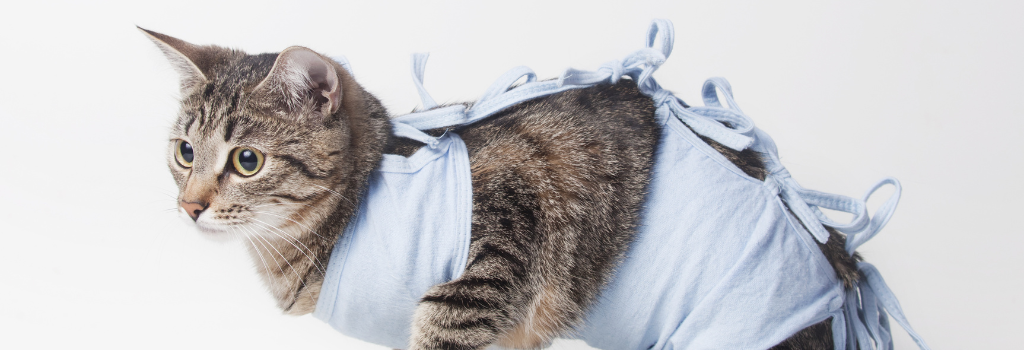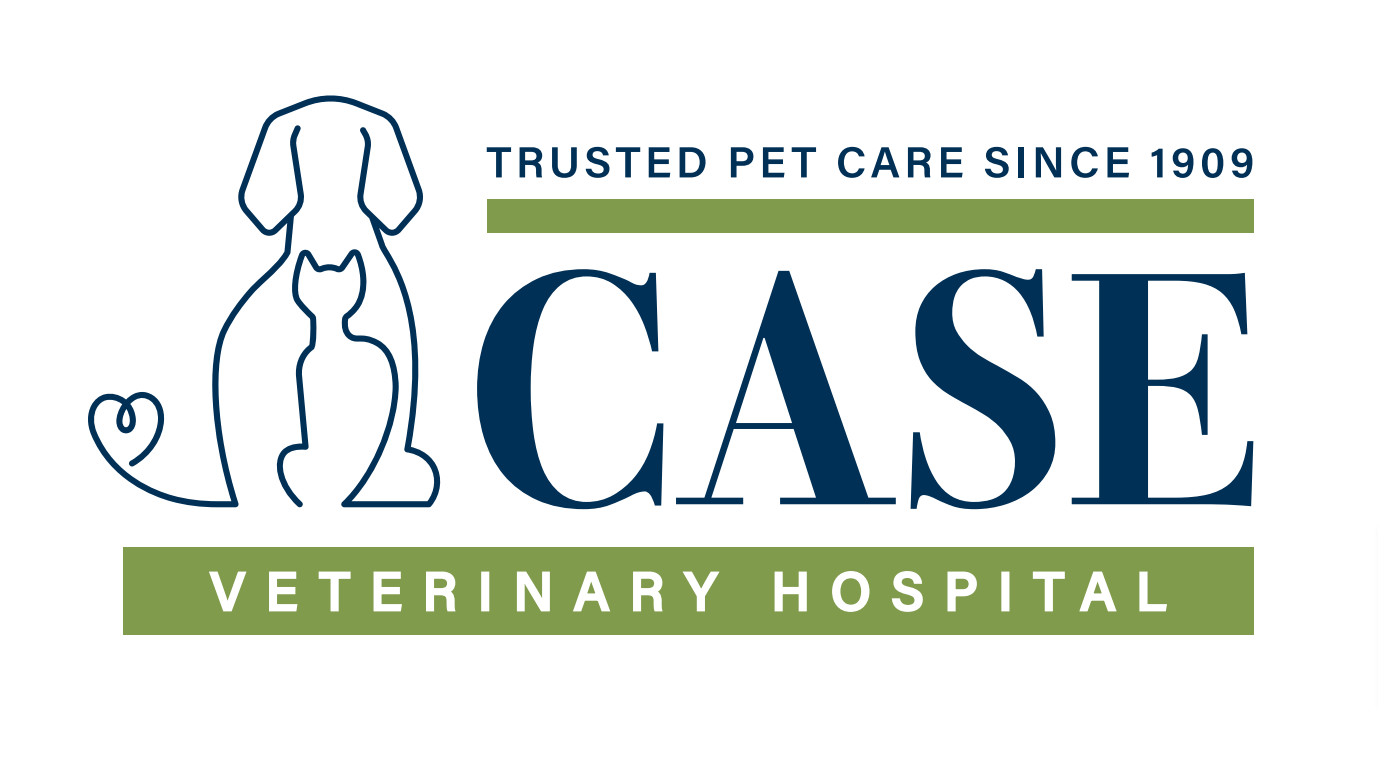Learning from your veterinarian that your cat needs a procedure involving anesthesia can leave you feeling anxious and fearful of the worst-case scenario. While your veterinarian has reassured you of the safety measures they will take both before and during the procedure, anesthesia remains a scary concept for many cat owners. Those concerns might have led you to conduct your own online research, where you can potentially stumble across plenty of misinformation. At Case Veterinary Hospital, we work extremely hard to bring you factual information you can trust. To avoid incorrect or misleading information found on the internet, we’ve taken the most frequently asked questions about cat anesthesia and answered them as thoroughly and accurately as possible to ensure you have the facts.
If you’re looking for a highly trained veterinarian in Savannah, GA, we’d love to see your cat for any needs involving anesthesia, so please call us at (912) 352-3081.
What is anesthesia?
Anesthesia is a medically-induced loss of consciousness, preventing pain or a response to a stimulus. It works by interrupting the nerve signals in the brain and body, preventing any human or pet under anesthesia from processing pain or remembering what happened during the procedure.
What is the difference between anesthesia and sedation?
The main difference between anesthesia and sedation is the level of consciousness; with sedation being milder than anesthesia, the cat can still move around. While sedation “takes the edge off,” general anesthesia will render your cat wholly unconscious and not feeling any pain.
Why would my cat need anesthesia?
Different types of procedures might require the use of anesthesia, including any that will cause pain or those that need your cat to be completely still.
Anesthesia in cats is most often used for:
- Surgical procedures
- Wound stitching
- Dental procedures
- Certain types of diagnostic imaging
How do I know that anesthesia is safe for my cat?
Before we anesthetize any pet at Case Veterinary Hospital, we complete a thorough physical exam. This is critical in determining if your cat is healthy enough to be anesthetized and would reveal any issues that make it risky, such as a heart problem. We might also do blood work or take x-rays to evaluate any potential risks. The AVMA offers a list of safety measures you can take to reduce your cat’s risks under anesthesia.

What do I need to know before my cat goes in for an anesthetic procedure?
A veterinarian typically includes check-in time before any surgery involving anesthesia, when they or their tech will review the charges and the procedure itself to ensure you understand everything that will be happening.
It’s essential to know how to prepare your cat for a procedure requiring anesthesia, including fasting your cat overnight – or withholding food. You need to know when to bring them in, so the doctors and staff are prepared to receive your cat. After the procedure, you’ll go home with instructions that your veterinary team will review with you thoroughly before leaving.
What are some possible complications of anesthesia that my cat could experience?
Anesthesia is not without risk, but your veterinarian will take every measure to minimize those risks. When they’re performing general anesthesia, they’re taking away control of your cat’s breathing. So if your cat has any underlying respiratory or heart disease, that might pose a risk. If they have any other sicknesses, that might also put them at higher risk while under anesthesia.
What will my veterinarian do to ensure my cat is safe while undergoing a procedure?
Many safety protocols will occur before administering anesthesia, such as a physical exam, blood screening, and x-rays. During anesthesia, the trained veterinary staff will closely monitor your cat, so not only is the cat connected to machines to monitor their condition, but you’ll also have a professional present who is listening to your cat and monitoring them for any changes. During the procedure, your veterinarian might change the depth of the anesthesia if there is any indication of a problem, making your cat less anesthetized. They might also place an IV catheter in your cat, so they have immediate access to a vein if they need any medications to help their heart rate or other issues encountered.

What type of care should I provide my cat as they’re recovering or coming out of anesthesia?
Immediately after a procedure involving anesthesia, your cat will be in the hospital and closely monitored. After post-surgical care at the hospital, your veterinarian will send your cat home once they're a little more awake, although still drowsy.
The drowsiness of a cat after a procedure depends on the following:
- The type of anesthesia
- Whether anesthesia was light or heavy
- The duration of anesthesia
- How your cat handled it
If your cat is overweight, they might take a little longer to recover from the anesthesia. If they’re still drowsy, you’ll want to keep your cat in a confined area with low light and low noise—the less stimulus, the better. Keep the cat in a safe area, meaning they can't jump up onto something and potentially fall off if they're still a little drowsy. You should also consider other pets in the home since they might be excited and ready to jump on them or play — but your recently-anesthetized cat may not be prepared for that level of activity.
If you have further questions about cat anesthesia, reach out to your veterinarian. If you live in or near Savannah, GA, we’d love to see your cat for any needs involving anesthesia, so please don’t hesitate to call us at (912) 352-3081 or email us at info@casevet.com .
